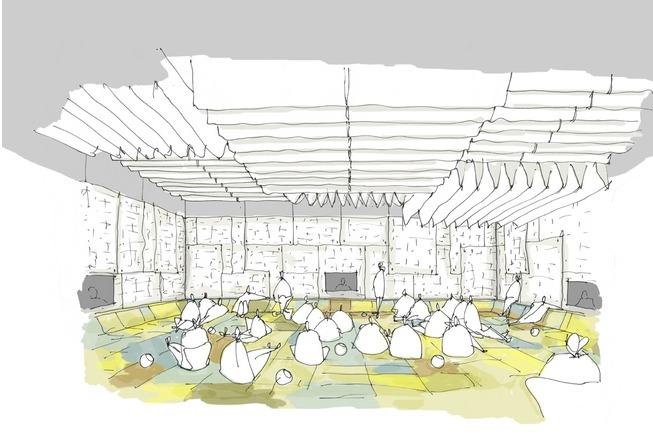Published in Broadsheet
Global design critic Alice Rawsthorn from the International Herald Tribune will give the keynote speech at 7 Kinds of Happiness: Conversations on Design and Emotion, presented as part of DesignEx in Sydney next week.
Like good design, good writing is effortless. A well-written piece of criticism can make an ambitious idea seem blindingly obvious or spin a powerful observation out of the tired and mundane. Take Old Signs of the Times, a recent column by International Herald Tribune’sdesign writer Alice Rawsthorn. Published in the paper’s global edition earlier this month, the piece shows us how Melbourne’s public signs – the words “deep water” rendered in Italian at the Fitzroy Pool and the iconic Skipping Girl Vinegar neon – serve as signposts for the city’s cultural history. The article is trademark Rawsthorn: it’s an intelligent, accessible look at the ways design can be deeply personal.
It comes as little surprise that the influential critic will give the keynote speech at 7 Kinds of Happiness: Conversations on Design and Emotion. The three-day talks program, presented as part of DesignEx in Sydney next week, is concerned with whether designers can create happiness and if objects and places can alter the way we feel. Rawsthorn’s work often explores the space between the aesthetic and the emotional and – in a similar vein to pop philosopher Alain de Botton – is interested in how design can help us live better lives.
For instance, it’s no coincidence that different cities can inspire distinct emotional states and highly specific experiences. “The design of a city is an essential element of determining its character and its experience of being there,” Rawsthorn says.
“Cities with very long, dynamic histories like London are fascinating agglomerations of all the changes that have taken place over the centuries. Though I find ‘designed’ cities fascinating too, like Chandirgarh in India, which was built from scratch by Le Corbusier and Edouard Jeanneret in the mid-20th century. It’s heartening to see a city which was designed specifically to give its inhabitants happier, healthier lives.”
This logic also goes a long way to explain why catching a glimpse of the harbour between Sydney buildings can instil calm while walking the High Line in Manhattan can make you feel like anything is possible.
Rawsthorn also believes that the design of a certain object can directly impact the pleasure we derive from them. This is why the iPad can’t quite seem to seduce us away from our book collections.
“The traditional printed book is one example of great design – it fulfils the practical function of protecting the text and enables us to read it in a compact and portable form, but can also delight us with the beauty of its typography and imagery or the quality of its paper,” offers Rawsthorn, although she’s quick to point out that e-books can be just as beguiling, especially when designers highlight features such as animation and interactivity.
As for whether it’s the responsibility of designers to help us live better lives, Rawsthorn thinks that happiness, like sustainability, should be part of any design agenda.
“To me, sustainability and happiness are inseparable in design. How can we feel happy unless we are confident that we have no reason to feel guilty about the things that surround us every day?”
7 Kinds of Happiness: Conversations on Design and Emotion is a three-day talks program exploring how happiness impacts the practice of local and international designers. Presented during DesignEx and curated by the Office for Good design, it runs May 14–16.
